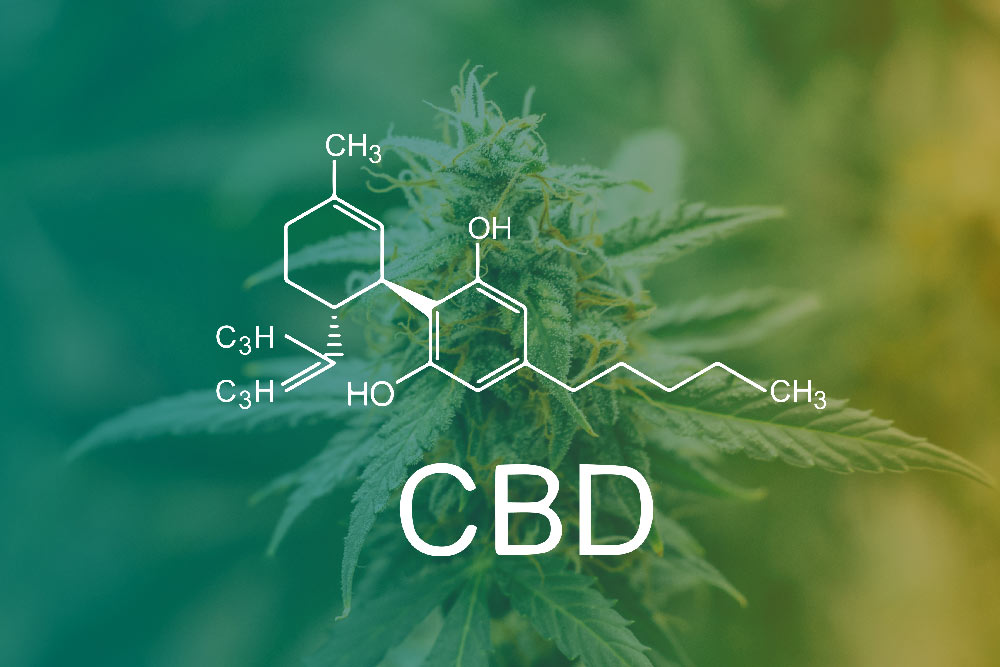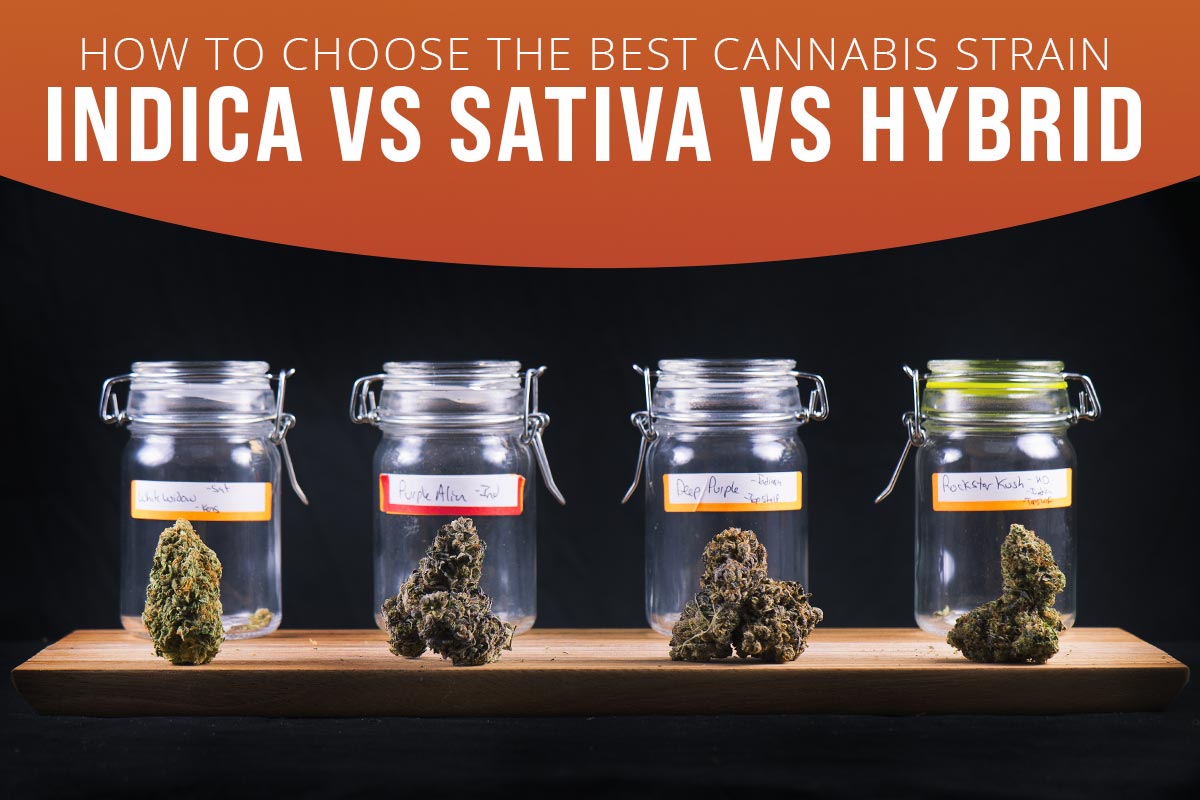[ad_1]In this article, we are going to find out what CBD is and how it can work for your benefit. In June 2018, The Food and Drug Administration (FDA) allowed the use of CBD oil for the treatment of 2 types of epilepsy. So, it can be said that CBD does work as far as the treatment of some specific conditions or diseases is concerned. Let’s find out more.
What is CBD oil?
CBD is on the list of several compounds called cannabinoids found in the cannabis plant. Many research studies have been done to find out different therapeutic uses of this oil.
Basically, CBD oil contains concentrated form of CBD. However, it’s important to keep in mind that the concentrations and their uses vary. So, you may want to consult an expert before using CBD for your condition.
Is CBD marijuana?
In cannabis, the best-known compound is delta-9 tetrahydrocannabinol aka THC, according to most reports. And THC is the most active part of marijuana. As a matter of fact, marijuana has both CBD and THC in it. And the effects of both these compounds vary.
When smoked or used in cooking, THC imparts a “high” effect. Actually, THC tends to break down in heat or when it enters the body. On the other hand, CBD is not psychoactive, which means it has no effect on your state of mind when consumed.
But CBD can create changes in your body. In fact, according to some research studies, it may have many medical benefits as well.
Where does CBD come from?
CBD is obtained from the cannabis plant. Commonly, cannabis plant is known as marijuana or hemp based on the degree of THC. It’s important to note that legal hemp plants mustn’t contain more than 0.3% THC, according to Farm Bill.
Marijuana farmers have bred their hemp plants to produce more THC and many other compounds. However, these farmers don’t modify the plant in any way. These plants are used to produce CBD oil.
How does CBD work?
All types of cannabinoids attach to some specific receptors in your body to create a special effect. And the same applies to CBD as well. Actually, your body produces some types of cannabinoids automatically. Also, it has two powerful receptors for CBD: CB 2 receptors and CB1 receptors.
As far as CB1 receptors are concerned, they are found across your body. However, many are found in your brain as well. The ones found in the brain help with memories, appetite, thinking, mood, emotions, pain, movement and many other functions. And these are the receptors THC attaches to. On the other hand, CB2 receptors are quite common in your immunity system, and they have an impact on pain and inflammation.
In the past, researchers believed that CBD2 receptors are the receptors that CBD attaches to, but now they know that CBD won’t attach to any of the receptors. In fact, it looks like it helps your body get better use of its own cannabinoids.
So, this is a description of CBD and how it can help your body.
[ad_2]


